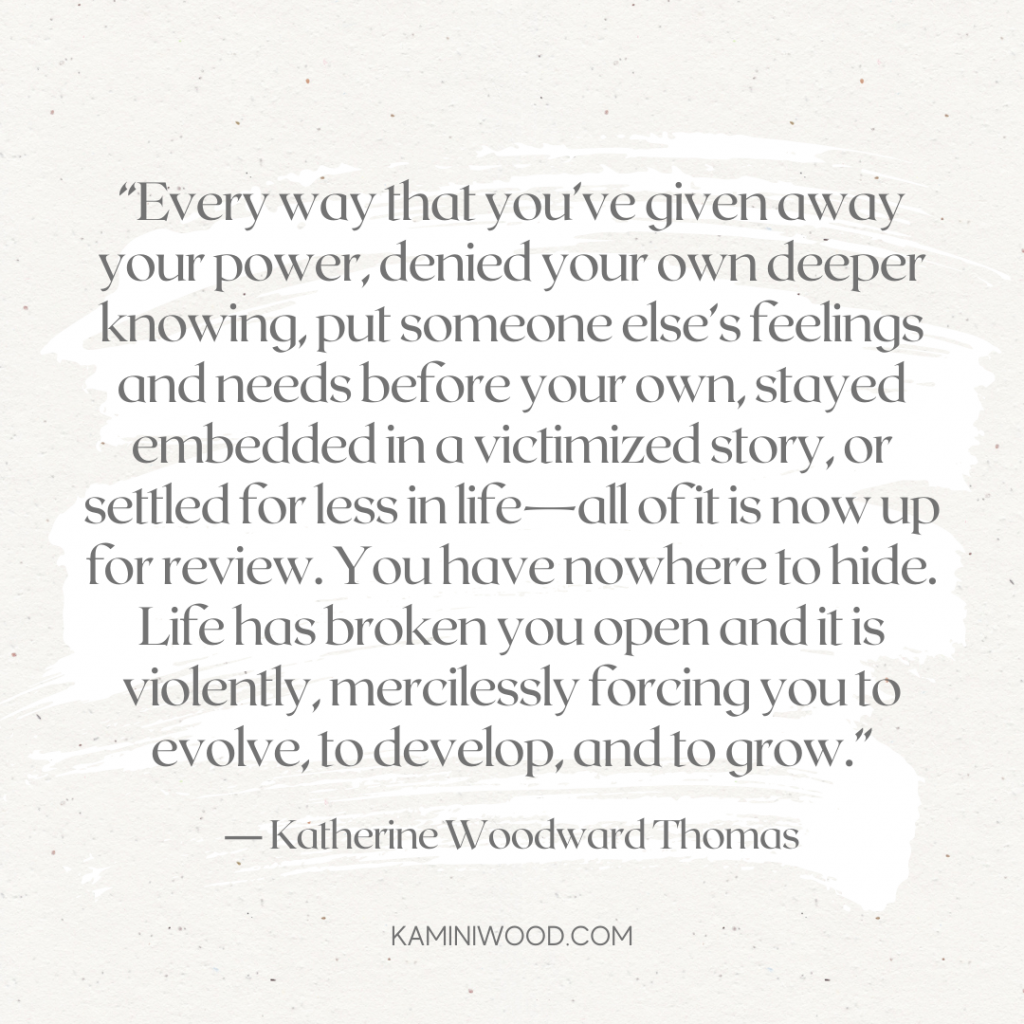Narcissist Triangulation: Ending the Manipulation

Triangulation is a form of manipulative behavior often present in dysfunctional families and toxic relationships. This model of destructive social interaction is typically an inseparable part of narcissistic abuse.
Covert narcissists often use triangulation to control and manipulate their partners, family members, friends, or coworkers. They use this manipulative strategy to bring another person into the dynamics of their relationship with you to stay in control. The person pulled into your relationship can be anyone, from a family member to a stranger.
What is Narcissistic Triangulation?

Narcissistic triangulation is a manipulation tactic used by individuals with narcissistic tendencies to create drama, confusion, and insecurity in their relationships. Triangulation involves bringing a third party into a relationship dynamic to create tension and competition.
This technique is often used by narcissists to maintain control over their partners or to gain narcissistic supply, which is the attention and admiration that they crave. By creating a sense of competition between their partner and the third party, the narcissist can keep their partner on edge and feeling insecure.
Triangulation can take many forms, including:
- Flirting with someone in front of your partner
- Comparing your partner to someone else
- Talking about your exes in a positive light
- Creating conflict between your partner and a family member or friend
Narcissistic triangulation is a common tactic used in narcissistic abuse, which is a form of emotional and psychological abuse. It can cause significant harm to the victim, including low self-esteem, anxiety, and depression.
If you are in a relationship with someone who uses triangulation as a manipulation tactic, it is important to seek help and support to protect yourself from further harm.
Triangulation in Relationships
Triangulation is a common tactic used by narcissists in relationships. It involves bringing a third person into the relationship dynamic to create tension and drama. This third person can be a friend, family member, or work colleague.
In a romantic relationship, triangulation can take many forms. For example, a narcissistic partner may constantly talk about an ex-partner or flirt with other people in front of you. They may also use a third person to make you jealous or to make you feel insecure in the relationship.
Triangulation can also occur in other types of relationships, such as friendships and workplace relationships. In these situations, a narcissist may use a third person to create tension and drama or to manipulate others for their own gain.
Family systems theory suggests that triangulation can occur in parent-child relationships as well. For example, a narcissistic parent may use a sibling to create tension between themselves and another child.
It is important to remember that triangulation is a manipulative tactic used by narcissists to gain control and power in relationships. If you are experiencing triangulation in your relationship, setting boundaries and seeking support from a trusted friend or therapist is important.
The Three Traditional Parts of the Triangle
The three specific parts within the triangle in relationships are the Persecutor, the Victim, and the Rescuer. Stephen Karpman first described the destructive model of the drama triangle in late 1960 to explain the dynamic in relationships of narcissistic abuse and other toxic relationships.
1) The Persecutor
The persecutor in the triangle is critical and blaming, often using emotional abuse to manipulate the victim and rescuer. Seeking power and dominance, they may also gaslight the victim. Narcissists take this position, attacking by blaming, controlling, shaming, or being aggressive.
2) The Victim
The victim is the person who suffers from the persecutor’s abusive behavior. They may feel anxious, helpless, and trapped in the relationship. The persecutor often makes them feel like a scapegoat for their own problems. Additionally, the victim may be cut off from friends and family, which makes it harder for them to seek help.
3) The Rescuer
The rescuer is the person who tries to support and reassure the victim. They may feel like they are the only ones who can help the victim and may take on a martyr-like role. The rescuer may also be manipulated by the narcissist, who uses them to further their own goals.
In a narcissistic triangle, the roles of the persecutor, victim, and rescuer can be fluid. The narcissist may switch between roles to maintain control and manipulate those around them. It’s important to recognize these roles and the dynamics at play in order to break free from the cycle of abuse.

What Are the Signs of Triangulation?
Triangulation is a common tactic used by narcissists to manipulate and control their victims. It involves bringing a third person into a relationship or situation to create confusion and tension. Here are some signs that you may be experiencing triangulation:
- You feel like you are always in competition with someone else for the narcissist’s attention and affection.
- The narcissist talks about other people in a negative way to you, but then acts friendly toward them in public.
- The narcissist tries to make you jealous by flirting with other people or talking about their past relationships.
- The narcissist uses gossip to spread rumors or lies about you to other people.
- The narcissist tries to make you feel guilty for not being supportive enough or for not understanding their needs.
Using Your Empathy Against You
If you are an empath, you may be particularly vulnerable to triangulation because you are naturally compassionate and want to help others. The narcissist may use your empathy against you by making you feel responsible for their emotions or by playing the victim.
Provoking Jealousy as a Weapon
Jealousy is a common emotion that arises in triangulated relationships. The narcissist may use jealousy to control you by making you feel like you are not good enough or by threatening to leave you for someone else.
Spreading Gossip to Weaken Bonds
Gossip can be a powerful tool in triangulation because it allows the narcissist to control the narrative and manipulate other people’s perceptions of you. They may spread rumors or lies about you to make you look bad in front of others.
Amplifying Emotional Chaos
Triangulation can be emotionally draining and confusing. You may feel like you are on an emotional rollercoaster, never knowing what to expect from the narcissist or the third person involved.
Crafting Manipulative Scenarios
Here are a few scenarios that may involve triangulation:
- The narcissist talks about their ex-partner in a negative way to you but then acts friendly towards them in public.
- The narcissist flirts with someone else in front of you to make you jealous.
- The narcissist tells you that they need to spend time with someone else because you are not meeting their needs.
Remember that triangulation is a tactic used by narcissists to manipulate and control their victims. If you suspect you are being triangulated, seeking help and support from a trusted friend or professional is important.
Why Covert Narcissists Use Triangulation?
Covert narcissists use triangulation as a manipulative tactic to maintain control and create drama. Triangulation involves bringing a third party into a relationship or situation to create a divide-and-conquer scenario. This tactic is used to make the covert narcissist feel superior and powerful.
Triangulation is a way for covert narcissists to control and manipulate the people in their lives. By creating drama and tension between two people, the narcissist can maintain control and feel superior. The covert narcissist will often use charm to gain the trust of the third party and make them feel special. This creates a situation where the third party is pitted against the other person, causing tension and conflict.
Covert narcissists often use triangulation to create drama and chaos in their relationships. They may use this tactic to make themselves feel important and in control. The covert narcissist may also use triangulation to keep their partner off balance and unsure of themselves. This can make the partner more dependent on the narcissist and less likely to question their behavior.
How to React to Narcissist Triangulation?
If you have identified that you are being subjected to narcissist triangulation, it’s essential to take action to protect yourself. Here are some ways to react to narcissist triangulation:
1) Recognize that the Narcissist is Using Triangulation
The first step in reacting to narcissist triangulation is to recognize that it is happening. Triangulation tactics are a common tool used by narcissists to create chaos and competition.
They may use passive-aggressive behavior to pit you against rivals and create a sense of competition. By recognizing these tactics, you can take steps to protect yourself from their toxic behavior.
2) Cut Off the Contact with the Narcissist
One of the most effective ways to deal with narcissist triangulation is to cut off contact with the narcissist. This may mean ending the relationship entirely or setting clear boundaries to limit your interactions. Establishing healthy boundaries and sticking to them to protect yourself from their toxic behavior is essential.
3) Set Clear Boundaries
Setting clear boundaries is crucial when dealing with narcissist triangulation. You need to establish healthy boundaries and communicate them clearly to the narcissist. This may involve difficult conversations, but taking responsibility for your well-being and establishing healthy boundaries is essential.
Conclusion: How To Handle A Narcissistic Triangulation
Dealing with narcissist triangulation requires empathy and coping skills to navigate the chaos created by the narcissist. By recognizing the tactics used by narcissists, setting clear boundaries, and cutting off contact if necessary, you can protect yourself and build better relationships.
If you need resources or support, consult the Diagnostic and Statistical Manual of Mental Disorders or seek help from a professional therapist.



